

Articles
How Much Does An Extension Ladder Cost
Modified: April 22, 2024
Looking for articles on the cost of extension ladders? Find out how much an extension ladder typically costs and make an informed decision for your next project.
(Many of the links in this article redirect to a specific reviewed product. Your purchase of these products through affiliate links helps to generate commission for Storables.com, at no extra cost. Learn more)
Introduction
Welcome to our comprehensive guide on the cost of extension ladders. Whether you are a DIY enthusiast or a professional tradesperson, having a reliable and sturdy extension ladder is essential for reaching heights safely and efficiently. However, before making a purchase, it”s important to understand the various factors that can affect the cost of an extension ladder.
Extension ladders come in different types, materials, and sizes, each catering to specific needs and requirements. The cost of an extension ladder can vary significantly based on these factors, so it”s crucial to choose the right ladder that suits your job needs and budget.
In this article, we will explore the different types of extension ladders and their average costs. Additionally, we will discuss additional costs and considerations to keep in mind when purchasing an extension ladder. By the end, you will have a clearer understanding of how much you can expect to invest in an extension ladder that meets your specific requirements.
So, let”s dive in and discover the factors that can impact the cost of an extension ladder.
Key Takeaways:
- Choose the right extension ladder by considering height, material, weight capacity, safety features, portability, and budget to ensure safe and efficient completion of tasks at heights.
- Prioritize safety, quality, and durability over price when investing in an extension ladder, and consider additional costs such as accessories, shipping, warranty, and brand reputation for a well-informed decision.
Read more: How Much Does A Ladder Cost
Factors Affecting Extension Ladder Cost
When it comes to the cost of an extension ladder, several factors come into play. Understanding these factors will not only help you make an informed decision but also ensure that you get the best value for your money. Let’s take a closer look at the key factors that can affect the cost of an extension ladder:
- Material: Extension ladders are typically made of either aluminum or fiberglass. Aluminum ladders are lightweight, durable, and less expensive compared to fiberglass ladders. On the other hand, fiberglass ladders are known for their strength, sturdiness, and resistance to electrical conductivity, making them ideal for working around electrical areas. The material of the ladder greatly influences its cost.
- Height and Reach: The height and reach of an extension ladder directly impact its cost. The longer the ladder, the higher the price tag. Extension ladders typically come in sizes ranging from 16 to 40 feet, with each size serving different purposes. Consider the maximum height you need to reach before selecting the appropriate ladder length.
- Weight Capacity: Another important factor to consider is the weight capacity of the ladder. Ladders have weight limits that determine the maximum load they can safely handle. Ladders with higher weight capacities generally cost more due to their enhanced construction and materials.
- Features and Accessories: Some extension ladders come with additional features and accessories that can affect the overall cost. These features may include adjustable leg levelers, ladder stabilizers, rope and pulley systems, or built-in tool holders. While these add-ons can enhance the functionality and convenience of the ladder, they often come at an additional cost.
- Brand: The brand of the extension ladder can also influence its cost. Established and reputable brands often charge higher prices due to their brand reputation, quality assurance, and customer support.
It’s important to note that while cost is a significant factor in choosing an extension ladder, it should not be the sole determinant. It’s crucial to prioritize safety, quality, and durability over price to ensure the ladder meets your specific needs and provides years of reliable use.
Now that we have explored the key factors affecting the cost of an extension ladder, let’s dive into the different types of extension ladders and their average costs.
Types of Extension Ladders
Extension ladders come in various types, each designed to cater to specific needs and applications. Understanding the different types will help you choose the most suitable ladder for your specific requirements. Here are the main types of extension ladders:
- Single Section Extension Ladder: This is the most basic type of extension ladder consisting of a single straight section that extends vertically. It is usually adjustable in length and can be locked in place at different heights. Single section extension ladders are lightweight, portable, and ideal for low to medium height tasks. They are cost-effective and easy to use for general home maintenance and light-duty jobs.
- Two-Section Extension Ladder: As the name suggests, this type of extension ladder consists of two sections that can extend and retract. Two-section extension ladders provide more versatility and reach compared to single section ladders. They are commonly used for tasks such as painting, cleaning gutters, or accessing rooftops.
- Three-Section Extension Ladder: Similar to two-section extension ladders, three-section ladders have an extra section, providing even greater reach and flexibility. These ladders are commonly used for tasks that require accessing higher areas, such as construction, roofing, or maintenance work on multi-story buildings.
- Telescoping Extension Ladder: Telescoping extension ladders are unique in that they can collapse down to a compact size for easy transportation and storage. They consist of overlapping sections that slide into each other, allowing for adjustable height settings. Telescoping ladders are popular among professionals and homeowners alike due to their compactness and convenience.
- Multipurpose Extension Ladder: This type of extension ladder is designed for versatility and can be used in various configurations such as as a straight ladder, extension ladder, A-frame ladder, or scaffolding base. Multipurpose ladders often come with adjustable hinges, locking mechanisms, and additional components to assist in different working scenarios. They offer maximum flexibility and are ideal for professional tradespersons who require one ladder to tackle multiple tasks.
These are the main types of extension ladders available on the market. It’s essential to understand the specific function and features of each type to choose the best ladder for your needs. Now, let’s explore the average costs of different types of extension ladders.
Average Cost of Aluminum Extension Ladders
Aluminum extension ladders are popular among both professionals and DIY enthusiasts due to their lightweight nature, durability, and affordability. They are a cost-effective option for various tasks and provide excellent stability when used correctly. The price of aluminum extension ladders can vary depending on factors such as height, weight capacity, and brand. Here is a general overview of the average cost range for aluminum extension ladders:
- 16 to 20 Feet: Aluminum extension ladders in this height range typically cost between $100 and $200. These ladders are suitable for low to medium height tasks and are commonly used for tasks such as home maintenance and light-duty jobs.
- 24 to 28 Feet: The average cost for aluminum extension ladders in this height range falls between $150 and $300. These ladders provide greater reach and are commonly used for tasks like cleaning gutters and accessing rooftops.
- 32 to 36 Feet: Aluminum extension ladders in this height range have an average cost range of $250 to $500. They offer even more reach and are suitable for tasks that require accessing higher areas, such as construction or maintenance work on tall buildings.
- 40 Feet and Above: For aluminum extension ladders that exceed 40 feet, the price can range from $400 to $800 or more. These ladders are ideal for professional use and demanding tasks such as commercial construction or industrial maintenance.
It’s important to note that these price ranges are approximate and can vary based on factors like brand reputation, specific features, and weight capacity. It’s advisable to research multiple brands and compare prices to ensure you are getting the best value for your money.
Next, let’s explore the average cost of fiberglass extension ladders, which are known for their strength and electrical resistance.
Average Cost of Fiberglass Extension Ladders
Fiberglass extension ladders are a popular choice for professionals working in electrical and industrial environments due to their non-conductive and durable properties. While fiberglass ladders tend to be more expensive than aluminum ladders, they offer enhanced safety features and longevity. The cost of fiberglass extension ladders can vary depending on factors such as height, weight capacity, and brand. Here is a general overview of the average cost range for fiberglass extension ladders:
- 16 to 20 Feet: Fiberglass extension ladders in this height range typically cost between $200 and $400. These ladders are suitable for low to medium height tasks and are commonly used in electrical and industrial settings.
- 24 to 28 Feet: The average cost for fiberglass extension ladders in this height range falls between $300 and $600. These ladders provide greater reach and are commonly used for tasks that require working near electrical sources or in hazardous environments.
- 32 to 36 Feet: Fiberglass extension ladders in this height range have an average cost range of $400 to $800. They offer even more reach and are suitable for demanding tasks in industrial or construction settings.
- 40 Feet and Above: For fiberglass extension ladders exceeding 40 feet, the price can range from $600 to $1,200 or more. These ladders are designed for heavy-duty use and are commonly used in commercial and industrial applications.
As with any ladder purchase, it’s important to consider factors like quality, safety features, and brand reputation when determining which fiberglass extension ladder to invest in. It’s recommended to compare prices from multiple brands and read reviews to ensure you make an informed decision.
Next, let’s explore the average cost of telescoping extension ladders, which offer convenience and compactness.
When purchasing an extension ladder, consider the material (aluminum or fiberglass), weight capacity, and maximum reach. Prices can range from $100 to $500 depending on these factors.
Read more: How Much Does Attic Ladder Cost?
Average Cost of Telescoping Extension Ladders
Telescoping extension ladders have gained popularity in recent years due to their compactness, portability, and versatility. These ladders are designed to collapse down to a fraction of their extended length, making them easy to transport and store. The cost of telescoping extension ladders can vary depending on factors such as height, weight capacity, and brand. Here is a general overview of the average cost range for telescoping extension ladders:
- 12 to 16 Feet: Telescoping extension ladders in this height range typically cost between $100 and $200. These ladders are suitable for low to medium height tasks and are commonly used for residential maintenance, painting, or accessing attics.
- 18 to 22 Feet: The average cost for telescoping extension ladders in this height range falls between $200 and $400. These ladders provide additional reach and are suitable for tasks like window cleaning, installing lights, or reaching elevated shelves.
- 24 to 28 Feet: Telescoping extension ladders in this height range have an average cost range of $300 to $600. They offer even more reach and are suitable for professional use or tasks that require higher reach, such as construction or outdoor maintenance.
- 30 Feet and Above: For telescoping extension ladders exceeding 30 feet, the price can range from $500 to $1,000 or more. These ladders are specifically designed for professional use and demanding tasks that require accessing great heights.
It’s important to note that telescoping extension ladders often come with additional features such as integrated leveling systems, non-slip rungs, or carry handle grips. These features can affect the overall cost but enhance the ladder’s functionality and usability. As with any ladder purchase, it’s crucial to choose a reputable brand and consider customer reviews and safety ratings.
In the next section, we will explore additional costs and considerations to keep in mind when purchasing an extension ladder.
Additional Costs and Considerations
When purchasing an extension ladder, it’s important to consider additional costs and factors that may impact your overall investment. Here are some key considerations to keep in mind:
- Ladder Accessories: Depending on your specific needs, you may require additional accessories for your extension ladder. These can include ladder stabilizers, ladder levelers, or ladder trays to hold tools and materials. The cost of these accessories should be factored into your overall budget.
- Shipping and Delivery: If you’re purchasing an extension ladder online, be sure to consider shipping and delivery costs. These can vary depending on the weight and size of the ladder, as well as your location. It’s also worth checking if free shipping options are available.
- Warranty: Check if the extension ladder comes with a warranty. A warranty can provide added peace of mind and protection against any manufacturing defects or faults. While some ladders may come with a standard warranty, others may offer extended warranty options for an additional cost.
- Safety Features: Prioritize safety when selecting an extension ladder. Look for features such as non-slip rungs, rubberized feet for stability, and secure locking mechanisms. While ladders with enhanced safety features may come at a higher cost, they are worth the investment to prevent accidents and ensure your well-being.
- Brand Reputation: Consider the reputation and reliability of the ladder’s brand. Established and reputable brands typically have a higher price tag, but they often offer superior quality, durability, and customer support. Research different brands, read customer reviews, and opt for brands with a strong track record in ladder manufacturing.
By taking these additional costs and considerations into account, you can make a well-informed decision when purchasing an extension ladder that meets your specific needs and budget.
Now, let’s move on to discussing how to choose the right extension ladder for your requirements.
How to Choose the Right Extension Ladder
Choosing the right extension ladder is crucial to ensure your safety and the successful completion of your tasks. Here are some key factors to consider when selecting an extension ladder:
- Height and Reach: Determine the maximum height you need to reach for your specific tasks. Consider the height of your house, the area you need to access, or the construction site you’ll be working on. Choose an extension ladder that provides enough reach without being excessively long or short.
- Material: Decide whether you need an aluminum or fiberglass extension ladder. Consider the working conditions and environment where you’ll be using the ladder. Aluminum ladders are lightweight and cost-effective, while fiberglass ladders offer strength and electrical resistance.
- Weight Capacity: Ensure that the ladder you choose has a weight capacity that can safely support your weight and the weight of any tools or materials you’ll be carrying. Always follow the ladder’s recommended weight limit to prevent accidents or ladder failure.
- Safety Features: Look for safety features such as non-slip rungs, rubberized feet for stability, and secure locking mechanisms. These features are essential for ensuring your safety while working at heights. It’s worth investing in a ladder with enhanced safety measures, even if it comes at a slightly higher cost.
- Portability and Storage: Consider the size and weight of the ladder, especially if you’ll be transporting it frequently or storing it in limited space. Telescoping extension ladders are a great option if portability and compactness are important to you.
- Budget: Determine your budget and consider the cost of the ladder along with any additional accessories or delivery charges. While it’s important to stay within your budget, remember that prioritizing safety and quality is more important than saving a few dollars.
- Read Reviews: Before making a final decision, research different ladder brands and models. Read customer reviews and ratings to gain insights into the ladder’s performance, durability, and overall user satisfaction. This will help you make a well-informed choice.
By carefully considering these factors, you can choose the right extension ladder that meets your specific requirements, ensuring a safe and efficient working experience.
Let’s conclude with a summary of what we’ve discussed so far.
Conclusion
Choosing the right extension ladder is essential for completing your tasks safely and efficiently. Throughout this guide, we have explored the factors that can affect the cost of extension ladders, the different types available, and their average costs. We have also discussed additional costs and considerations to keep in mind while selecting a ladder and provided tips on how to choose the right ladder for your needs.
When considering the cost of an extension ladder, factors such as the material, height, weight capacity, features, and brand reputation play a significant role. Aluminum extension ladders are lightweight and affordable, while fiberglass ladders offer strength and electrical resistance at a higher cost. Telescoping extension ladders provide the convenience of compactness and portability.
Additional costs to consider include accessories, shipping and delivery charges, warranty options, and the reputation of the ladder brand. It’s crucial to prioritize safety features such as non-slip rungs, stability mechanisms, and secure locking systems.
To choose the right extension ladder, consider the required height, material, weight capacity, safety features, portability, and budget. Research different brands, read customer reviews, and ensure the ladder meets your specific needs and preferences.
Remember, the cost of the ladder should not be the sole determining factor. It’s important to invest in a sturdy and reliable ladder that prioritizes your safety and provides years of reliable use. By choosing the right ladder, you’ll have peace of mind and confidence while performing tasks at heights.
We hope this comprehensive guide has provided valuable insights into the cost factors and considerations of extension ladders, helping you make an informed decision. Now, go ahead and select the perfect extension ladder that suits your needs and get ready to tackle those high-reaching projects with ease!
Frequently Asked Questions about How Much Does An Extension Ladder Cost
Was this page helpful?
At Storables.com, we guarantee accurate and reliable information. Our content, validated by Expert Board Contributors, is crafted following stringent Editorial Policies. We're committed to providing you with well-researched, expert-backed insights for all your informational needs.
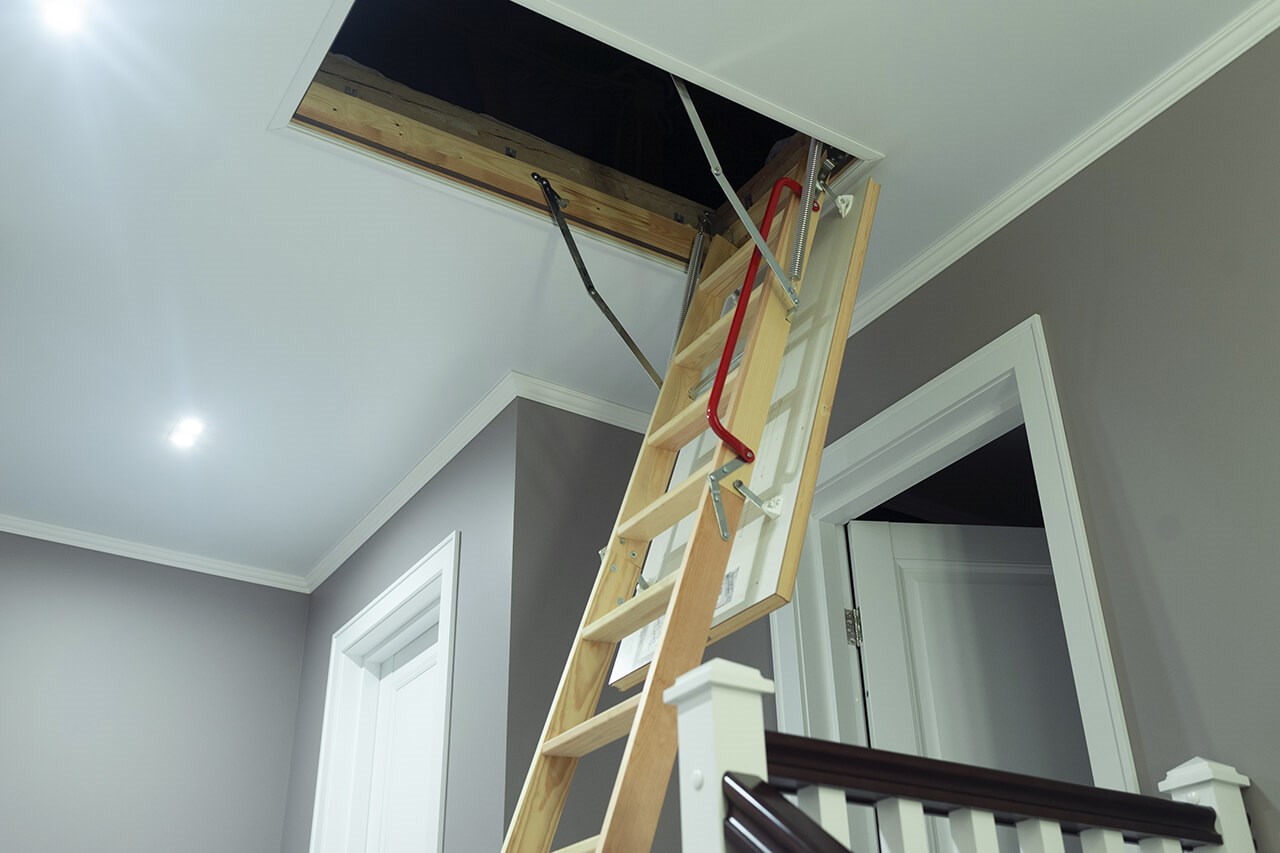
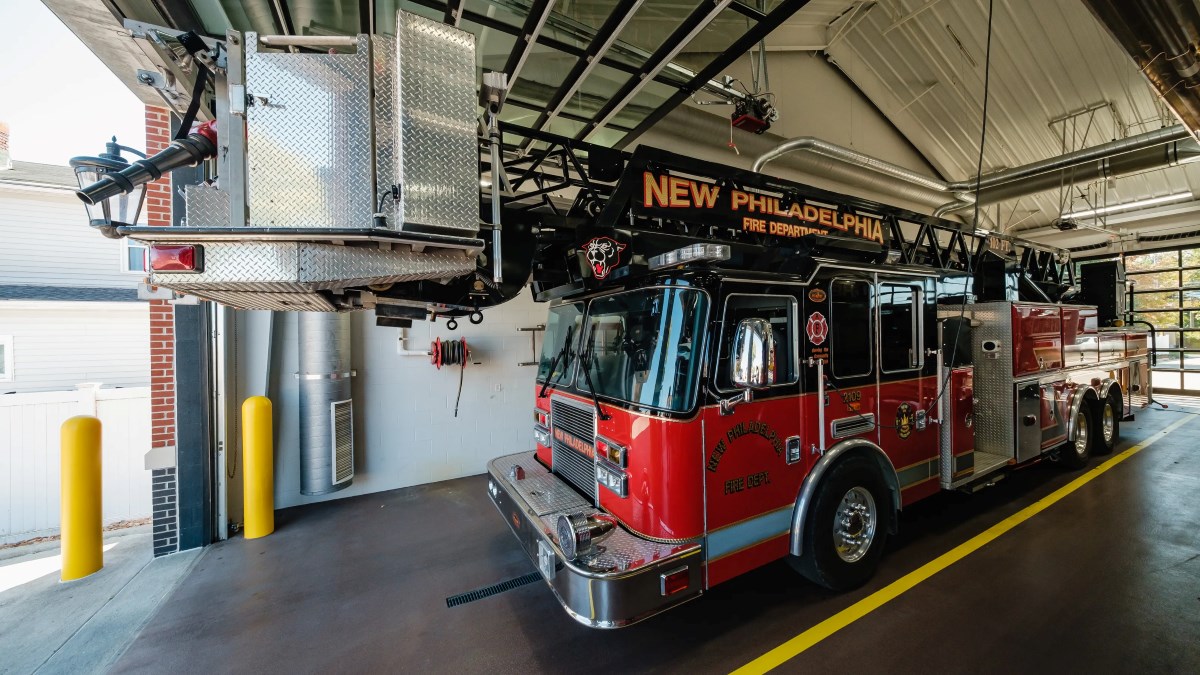
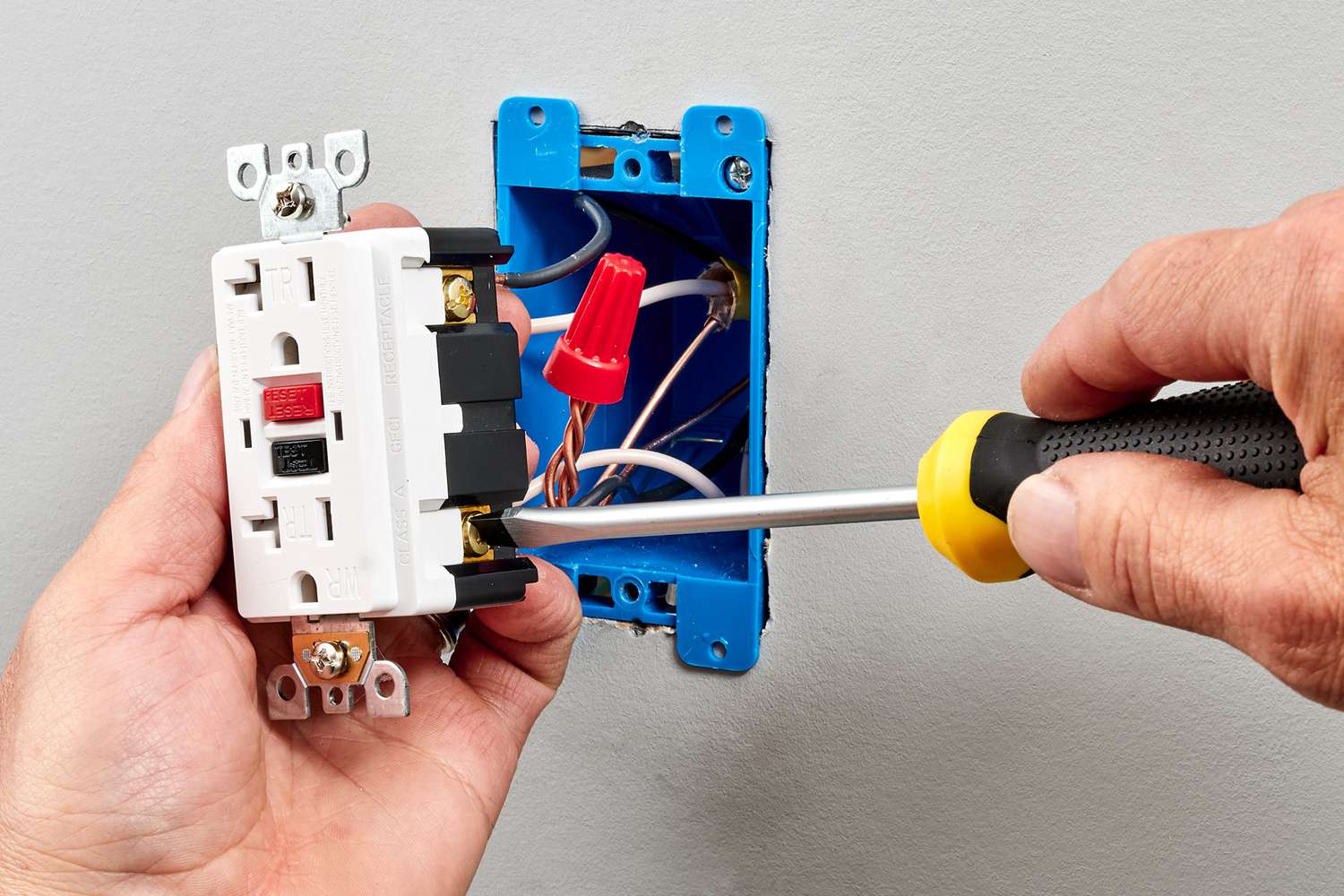
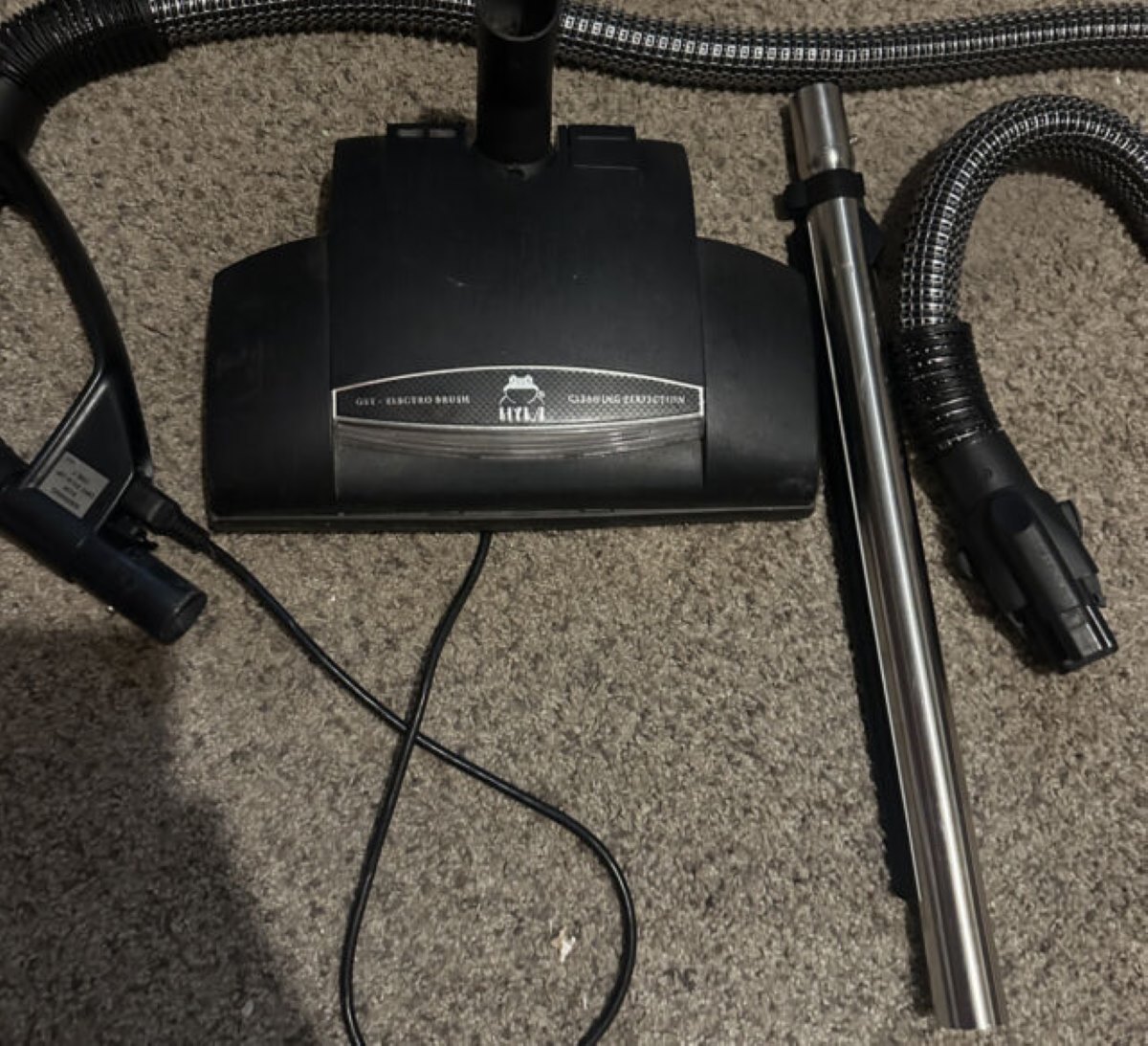
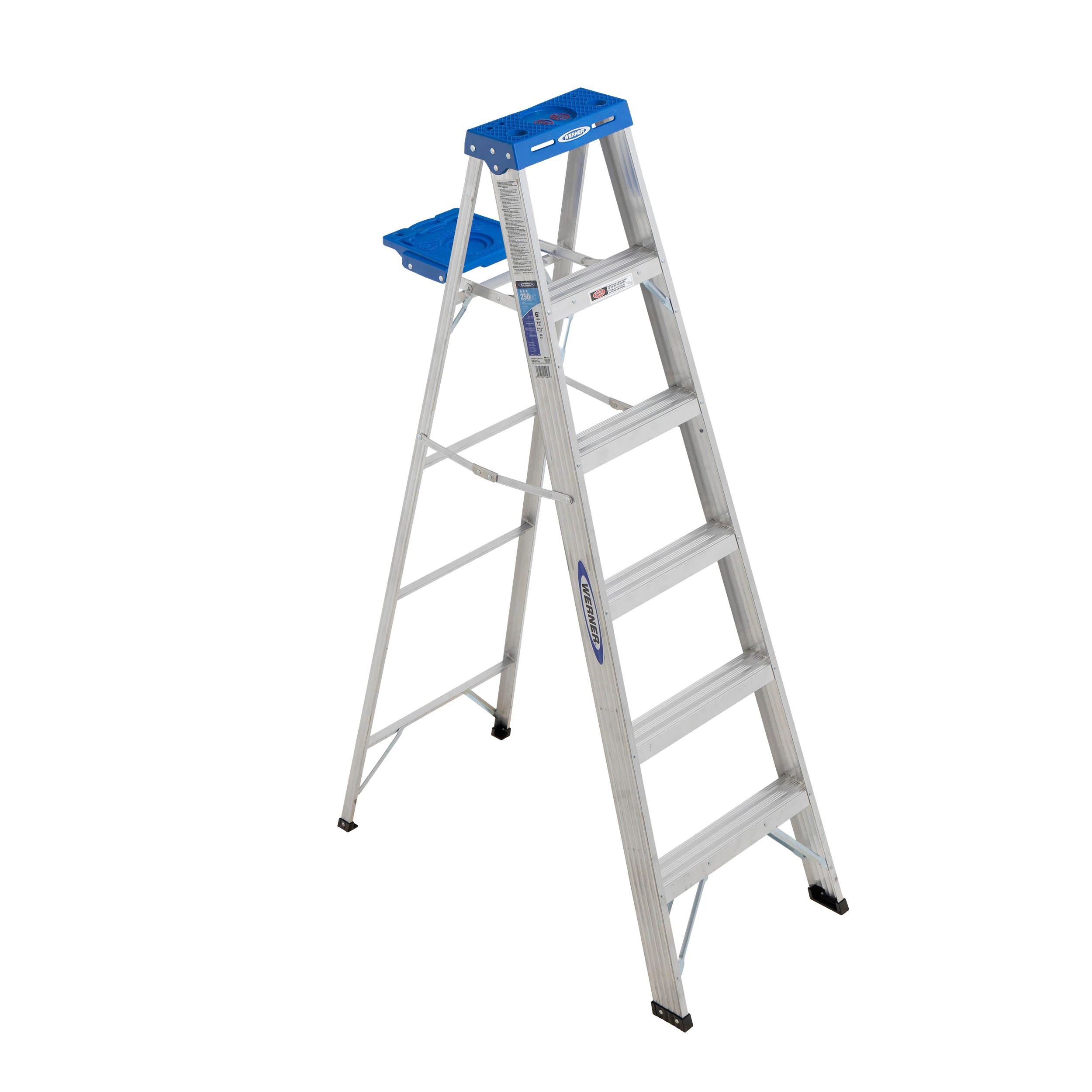
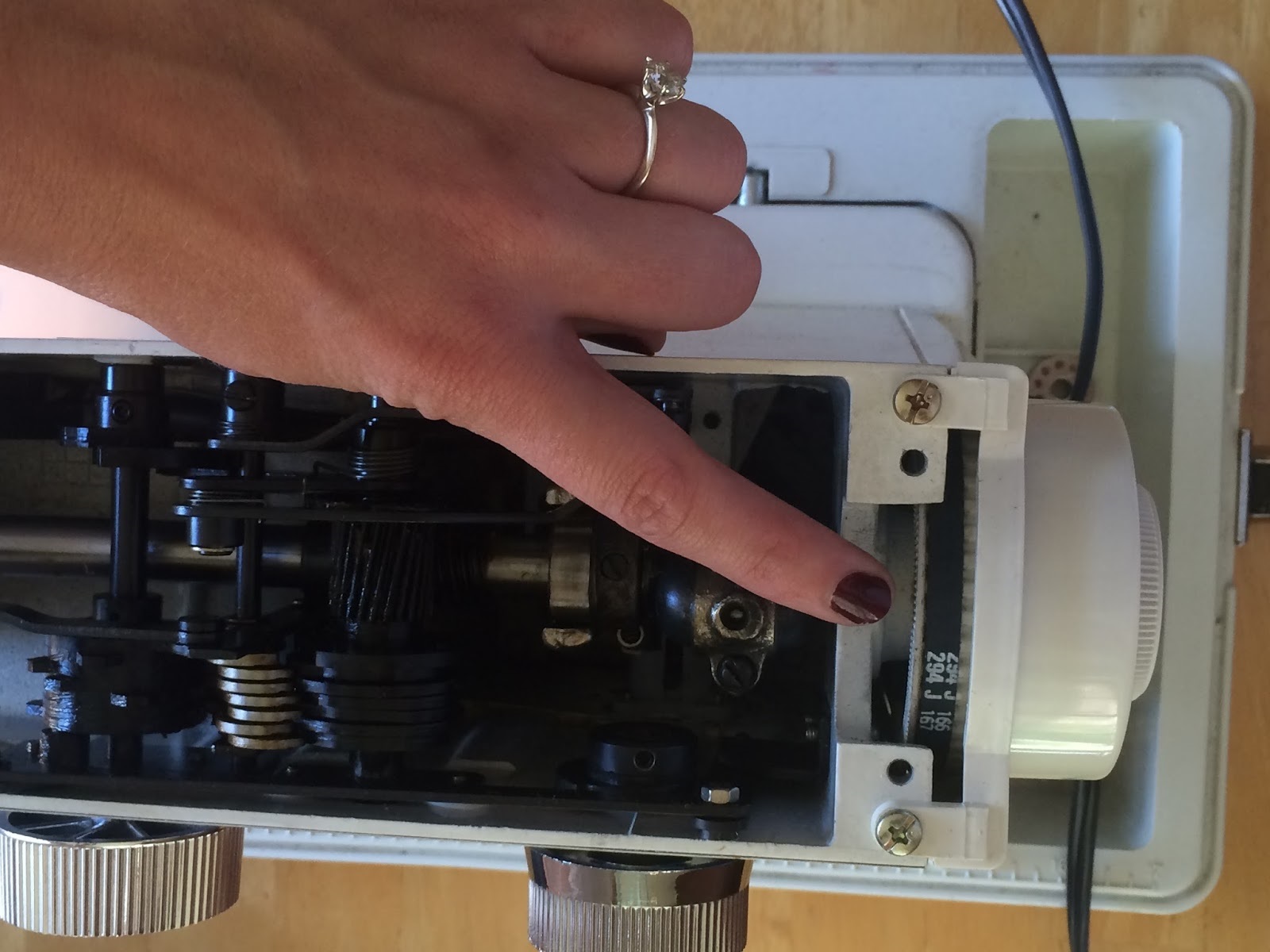
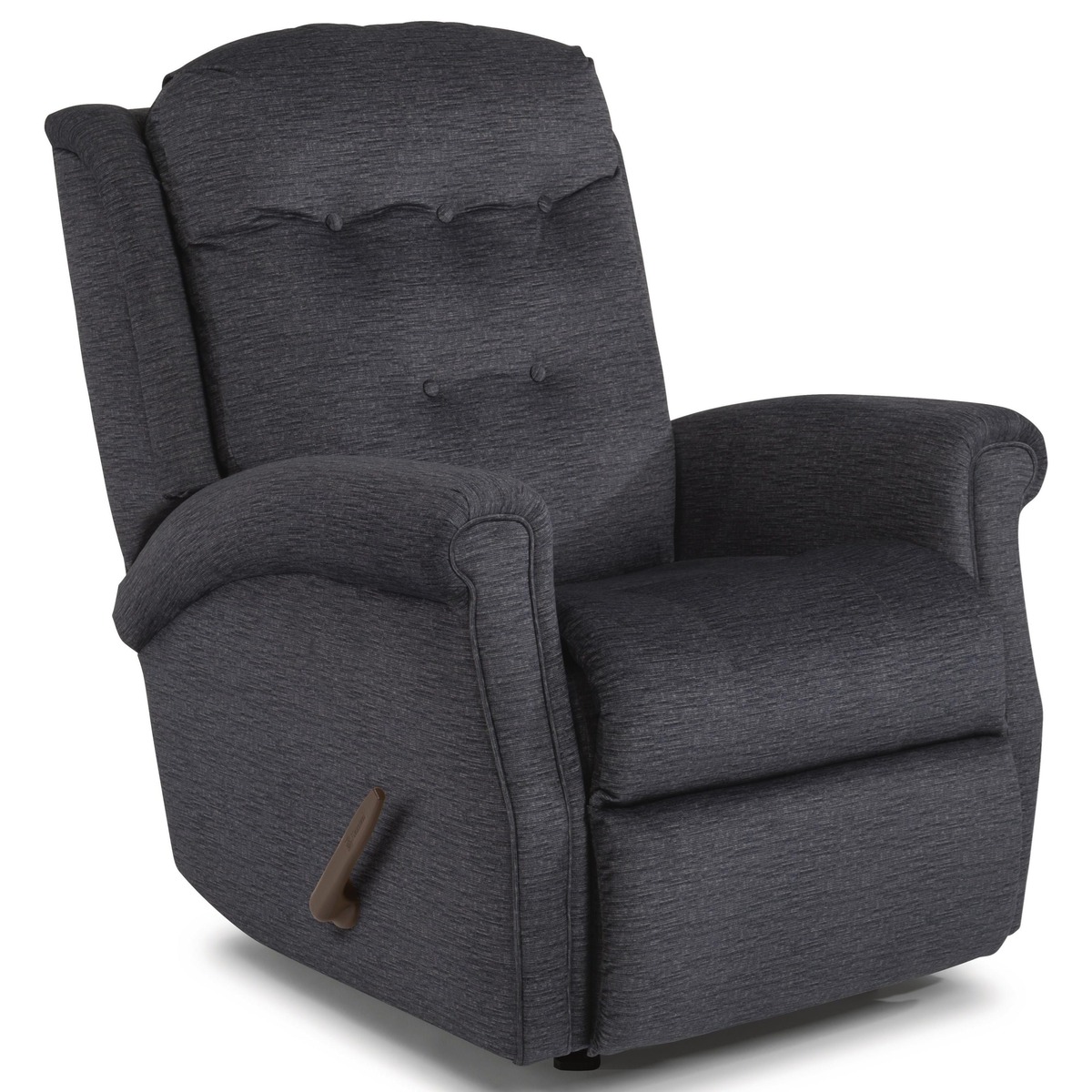

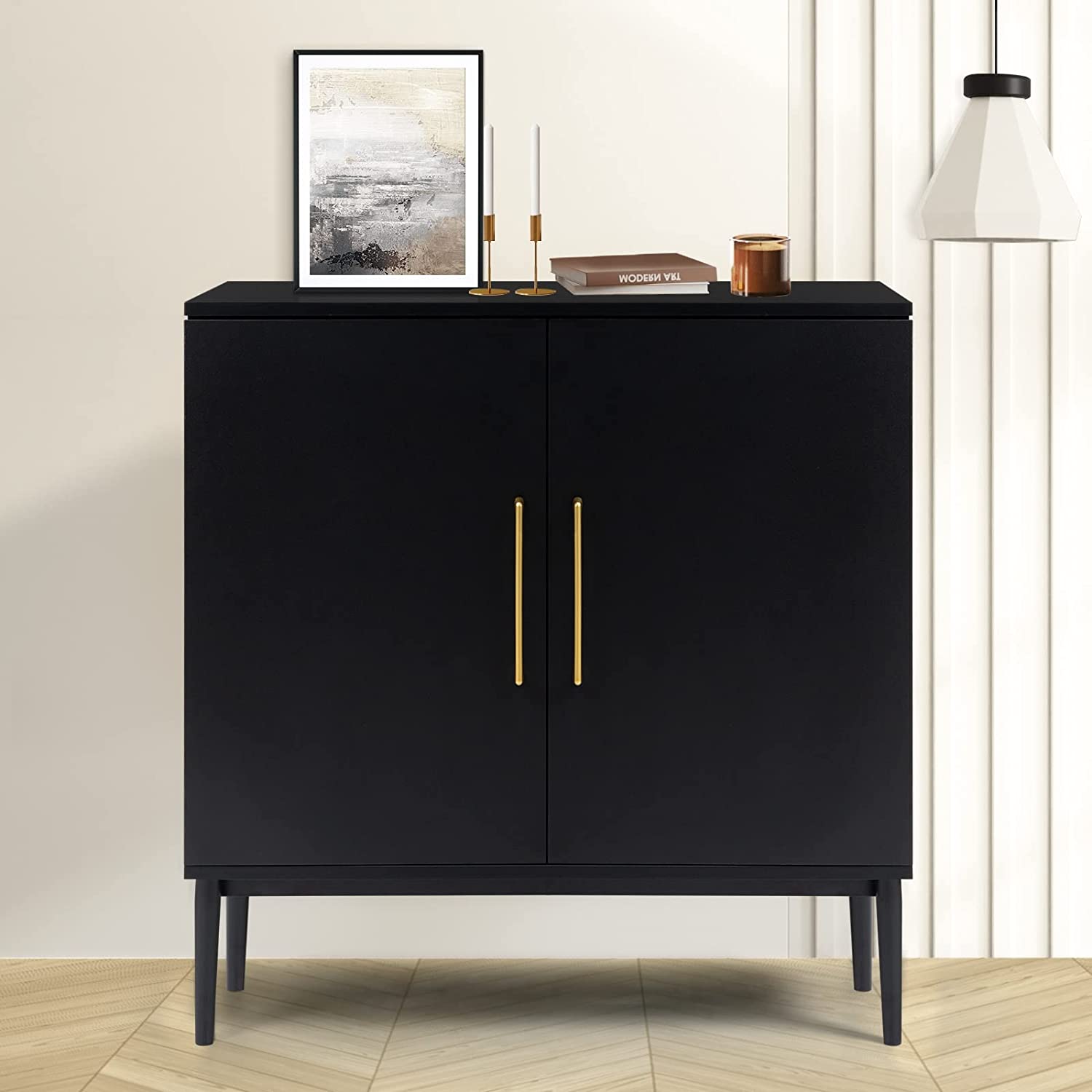
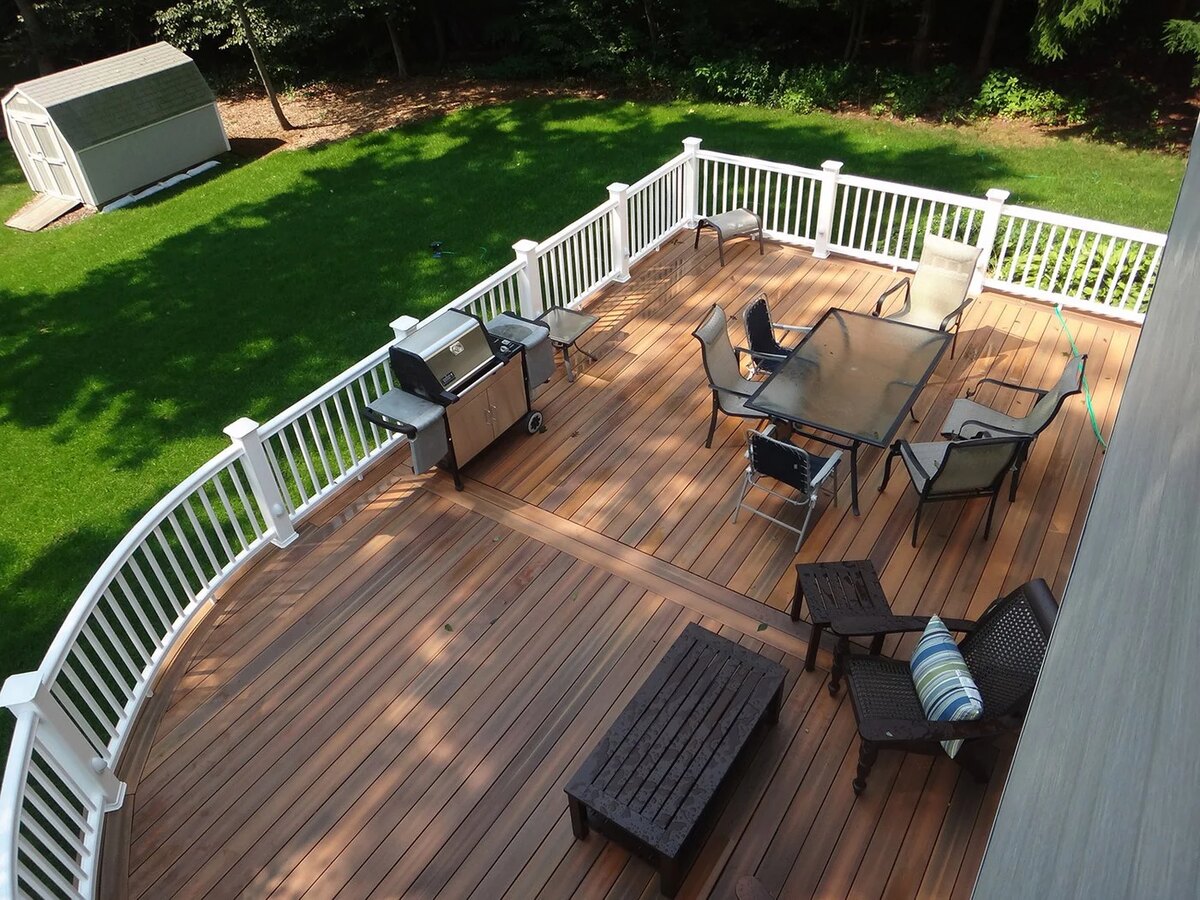


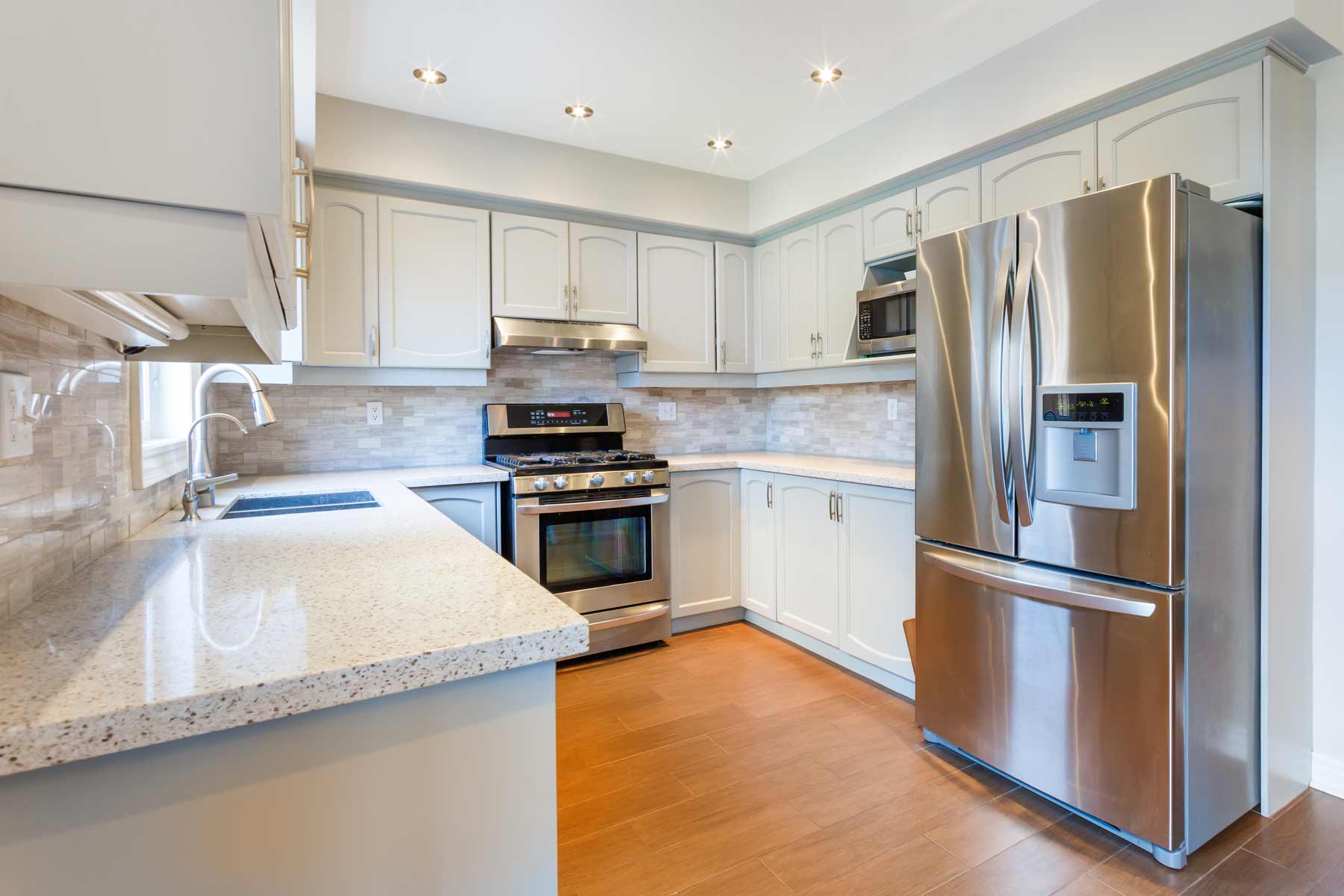


0 thoughts on “How Much Does An Extension Ladder Cost”